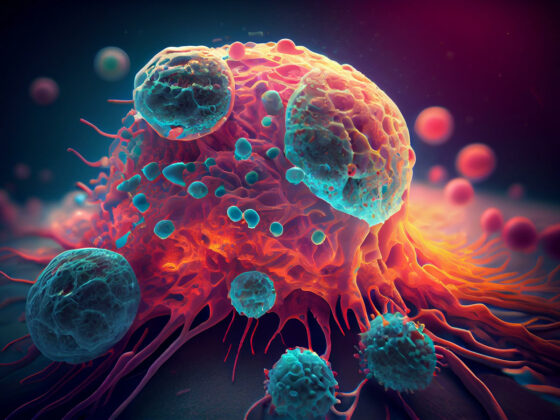According to a study, antibody levels in the blood of COVID-19 patient’s drop rapidly during the weeks after their bodies have cleared the novel coronavirus, and when the symptoms have subsided.
Some hospitals have been treating patients with severe symptoms with blood plasma from recovering patients, but it is being done in the absence of approved, effective treatments for COVID-19.
If convalescent plasma is ultimately shown to have a clear benefit, the new study published in the journal mBio concluded that it needs to be collected during a specific window of time after recovery.
However, until at least 14 days after symptoms have subsided in COVID-19 patients, the recovering patients will be unable to donate their blood for any purpose.
Andres Finzi at the University of Montreal in Canada said, “We don’t want to transfuse the virus, just transfuse the antibodies.”
“But at the same time, our work shows that the capacity of the plasma to neutralise viral particles is going down during those first weeks,” Finzi said. The spike protein of SARS-CoV-2 plays a crucial role in helping the virus grab and invade host cells.
Antibodies produced by the body’s immune system bind to a part of this protein and block the capacity of this “key” to engage with the host’s cellular “lock”, preventing the viral particle from infecting a cell host, said Finzi.
While previous studies have suggested that antibodies against the SARS-CoV-2 spike protein peak 2 or 3 weeks after the onset of symptoms. The study of Finzi’s group, suggested that the ability of plasma to neutralize the virus decreased significantly between 3 and 6 weeks after symptom onset and it involved more than 100 patients in the process.
In the new study, Finzi and his colleagues analyzed blood samples collected at one-month intervals from 31 individuals recovering from COVID-19.The levels of immunoglobulin was measured by them that act against the coronavirus S protein and tested the ability of the antibodies to neutralise the virus.
They found the variation on the level of individual patients but identified a consistent overall signal. The levels of Immunoglobulins G, A, and M target the binding site that decreased between 6 and 10 weeks after symptoms began.
According to the researchers, the ability of the antibodies to neutralise the virus similarly fell. Therefore, understanding how the levels of antibodies change over time is critical not only for optimizing the use of convalescent plasma but also for understanding vaccine efficacy and whether or not previously infected people are at risk of re-infection, they added.











